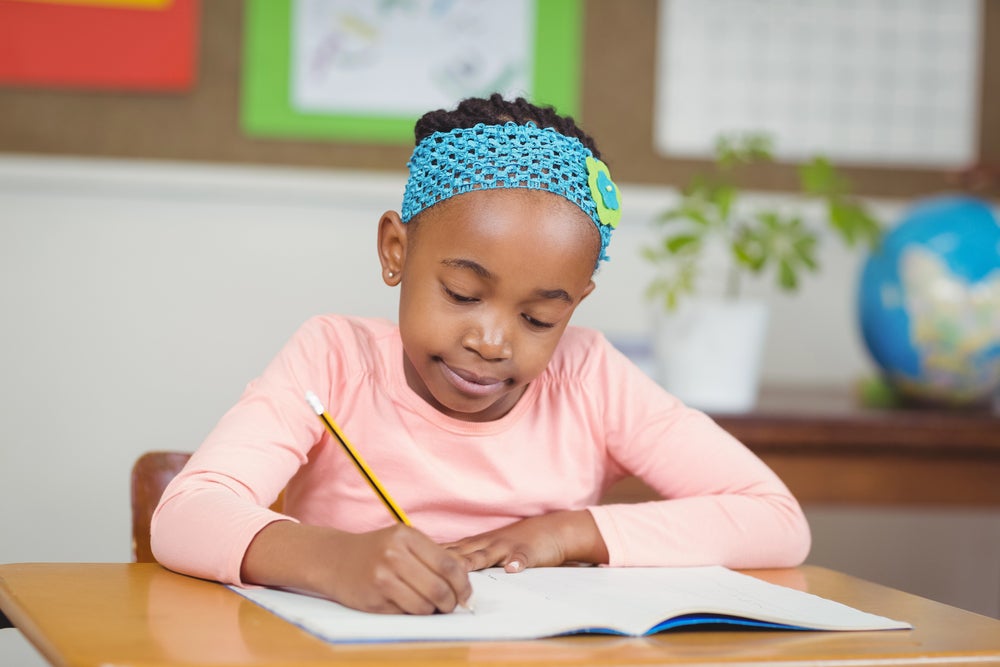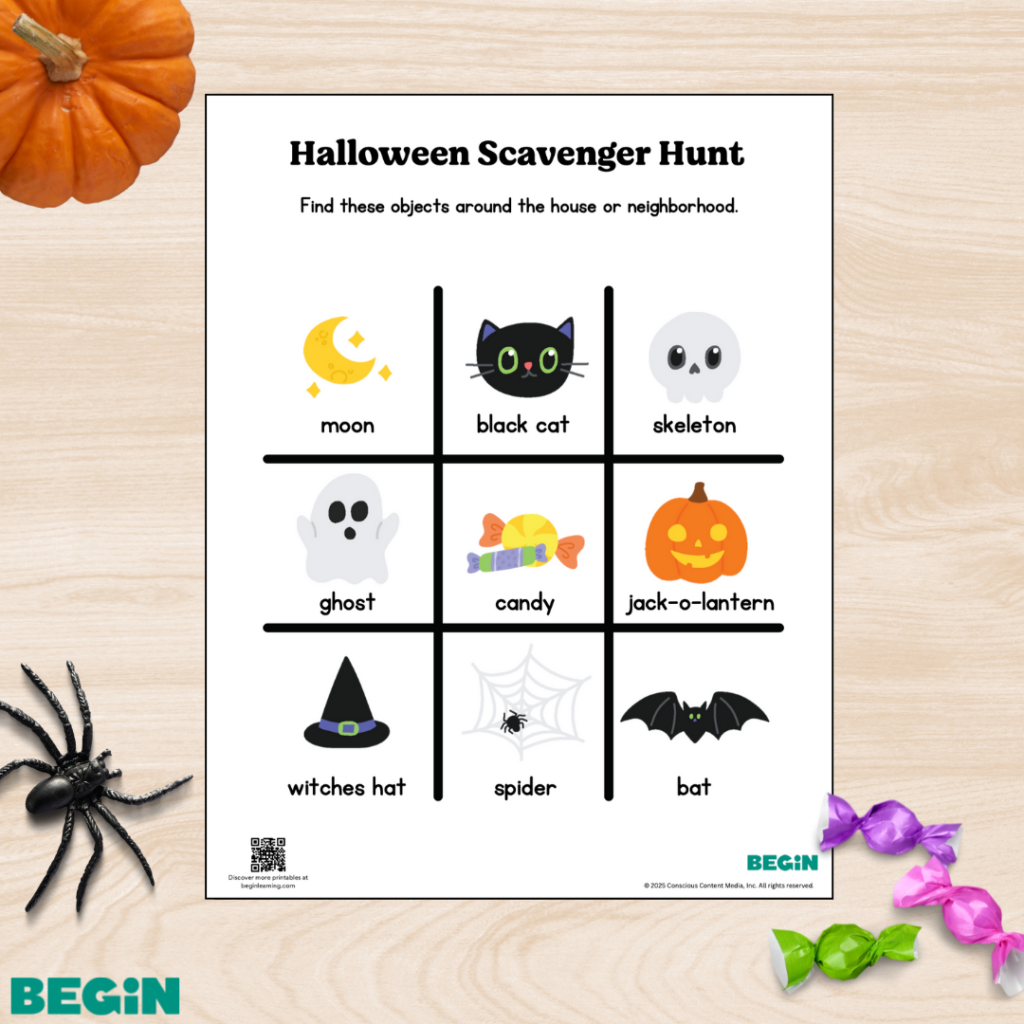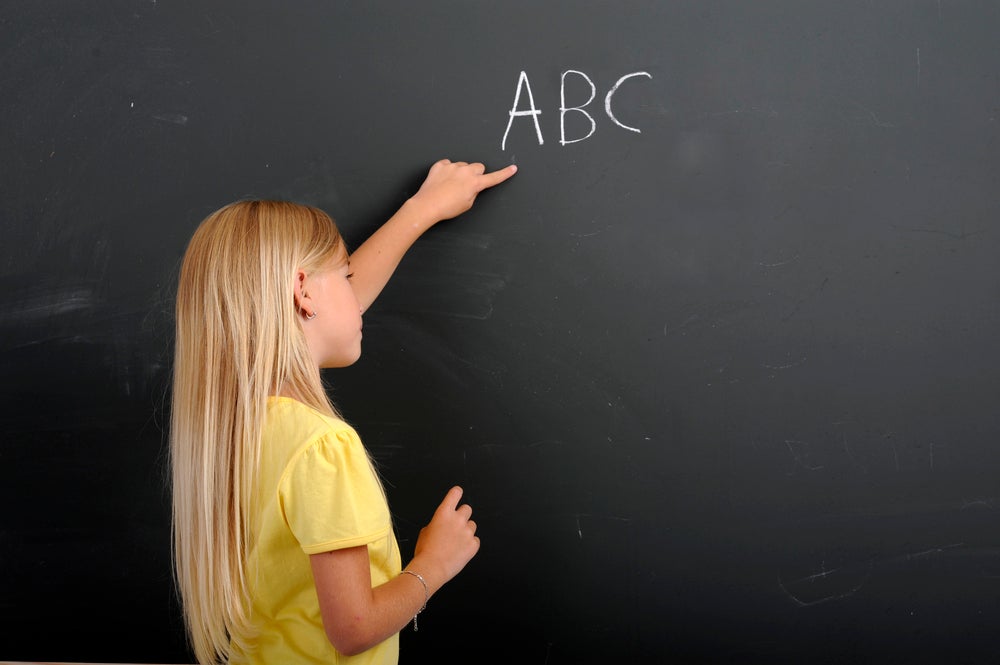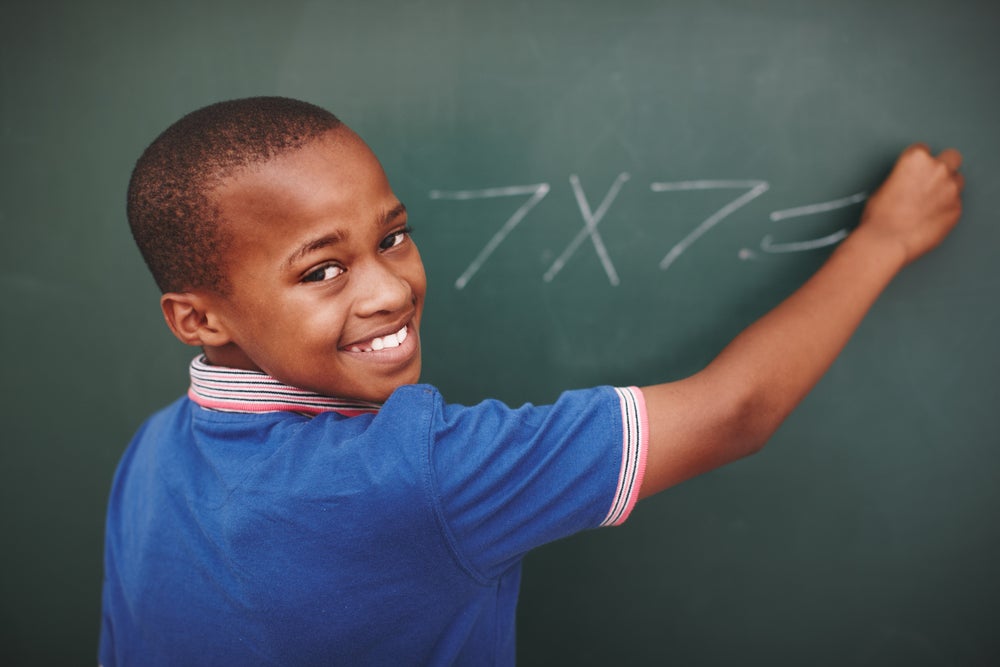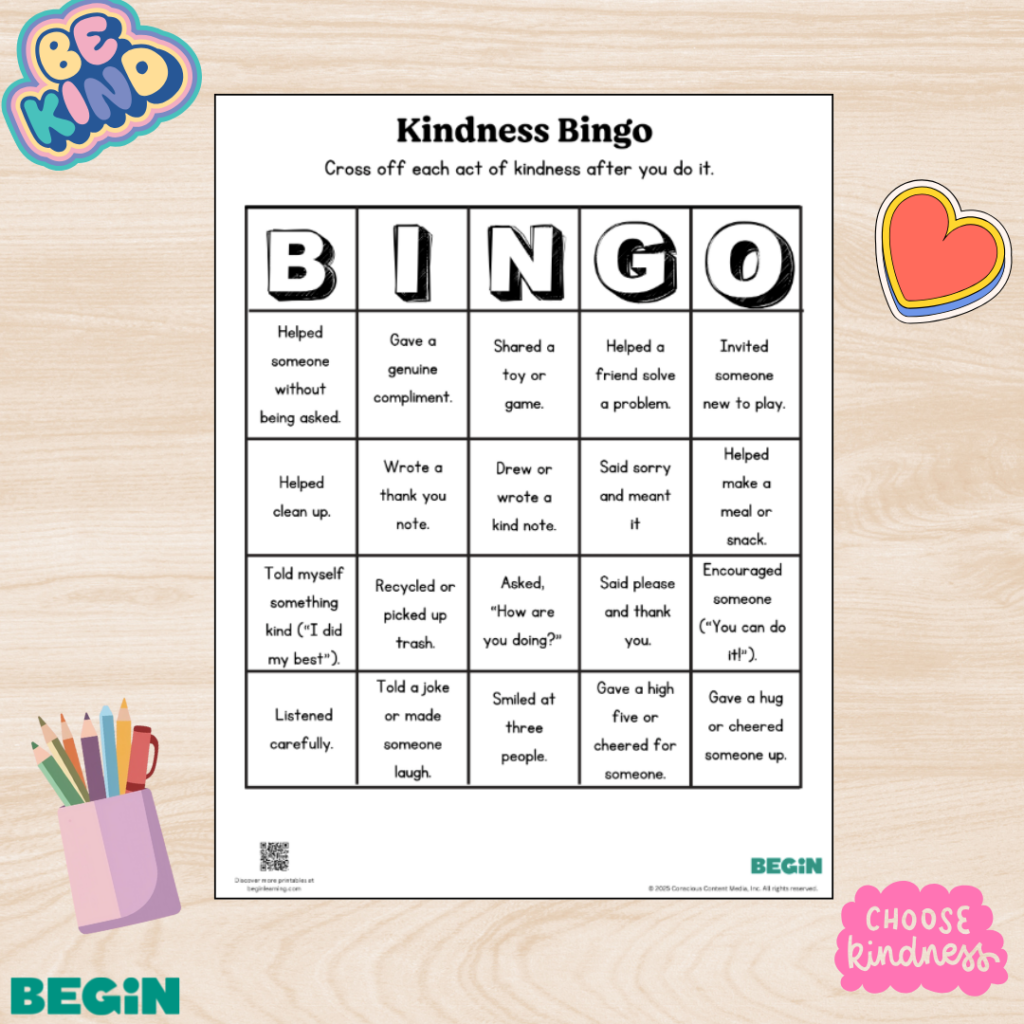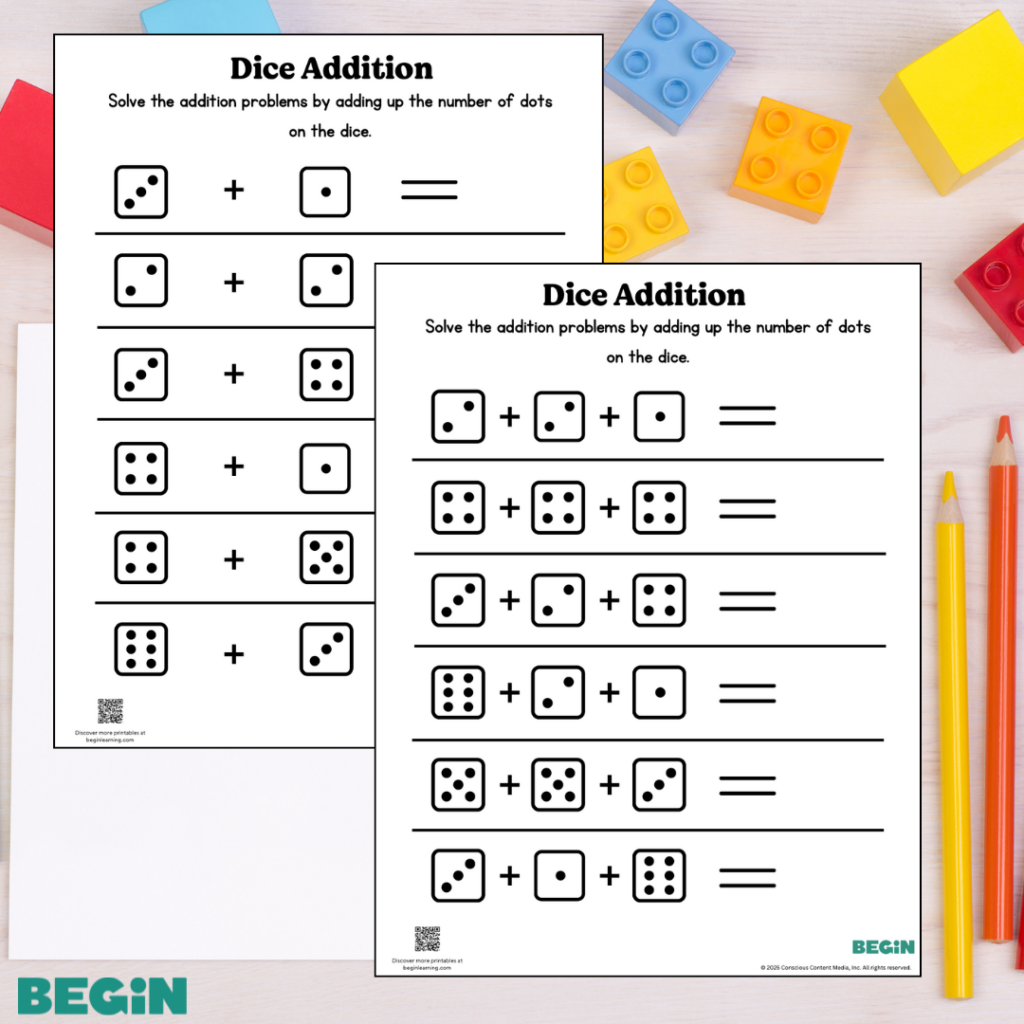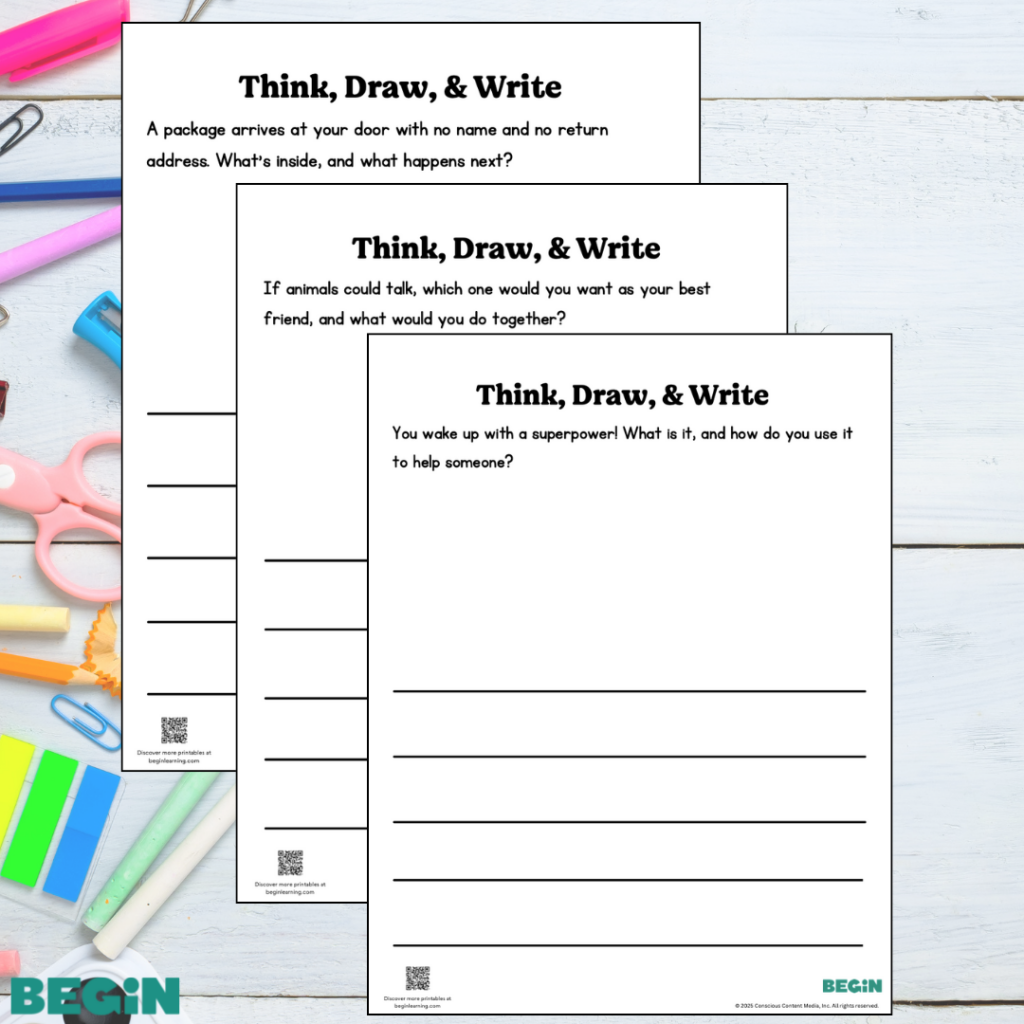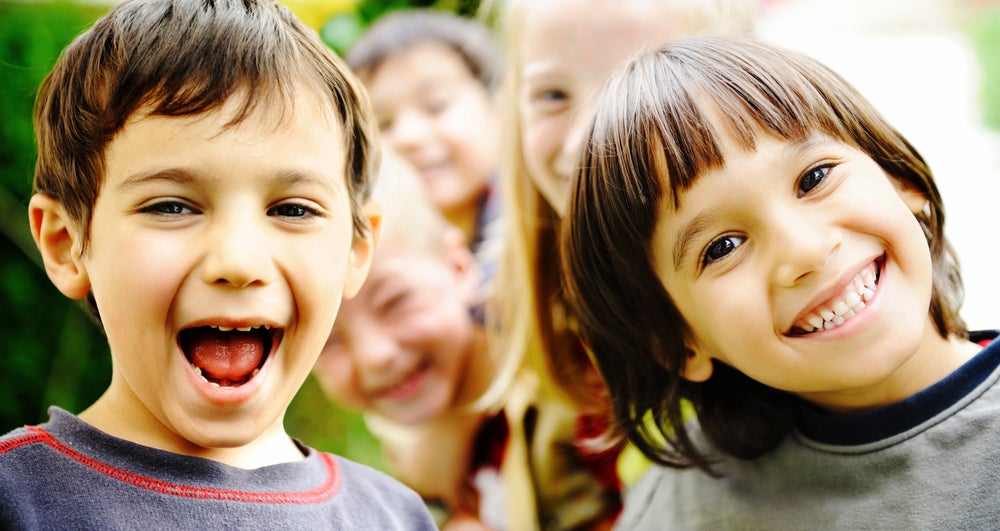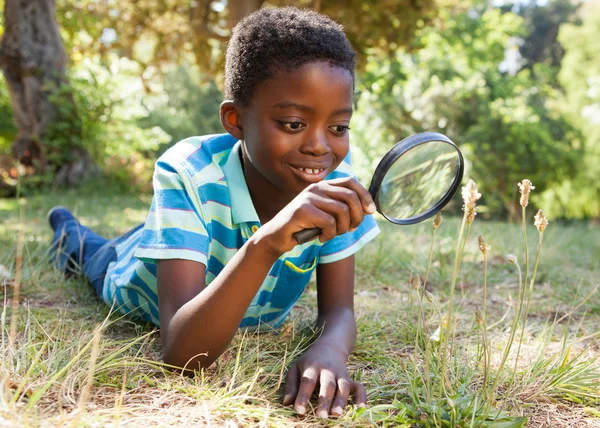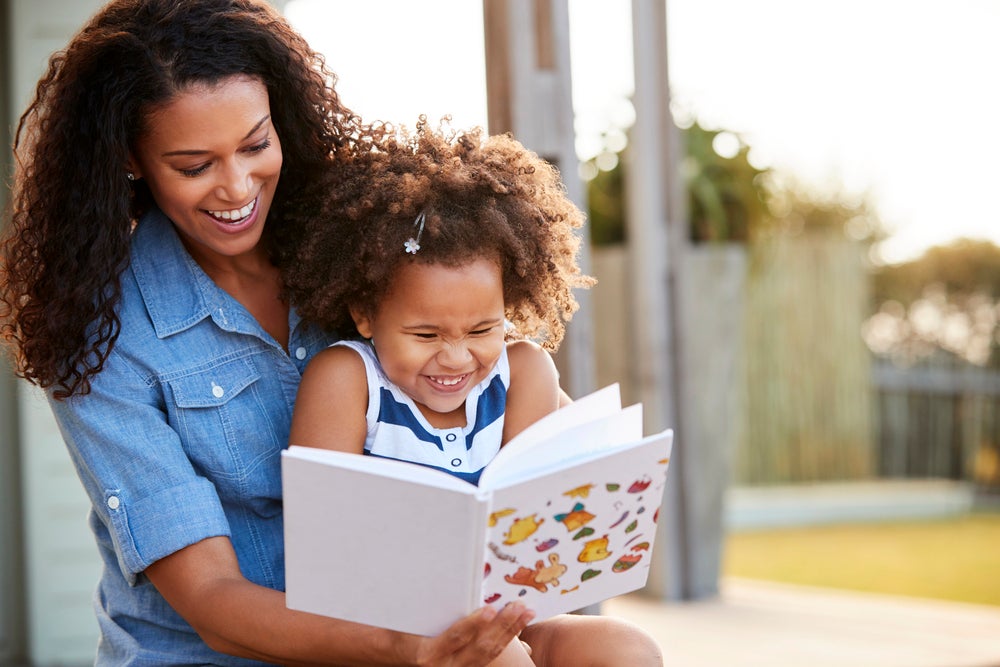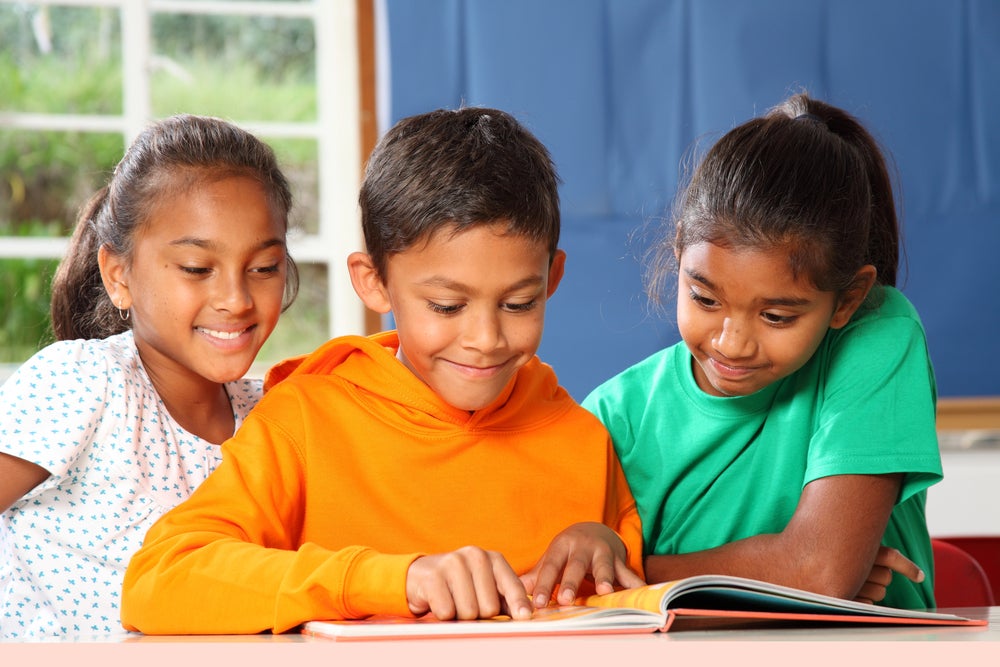As adults, with our to-do lists and the normal chaos of family life, we don’t often take the time to reflect on the wonderful wonders children bring to our lives. When we do take the time to feel gratitude and to give ourselves the gift of mindfulness, the rewards are great. Better yet, we can also help children have these same moments.
Research shows that practicing gratitude and mindfulness—in other words, being present in and appreciating the actual moment we’re experiencing without wondering what to cook for dinner—makes us happier, calmer, more well-adjusted people. The good news is practicing gratitude and mindfulness are skills that can be learned.
Want to learn how to incorporate gratitude practice and mindfulness activities into your family’s life? Here’s how it can be done.
What is mindfulness?
First things first, you might be wondering: what exactly is mindfulness, and what are the benefits of mindfulness?
Mindfulness, as explained by The Mayo Clinic, is simply being present in the current moment. Technically, you could look at it as meditating, but it can be as simple as taking a time-out, closing your eyes, letting your mind and body relax, and abandoning all thoughts except the experience of being present in the present.
According to the Mayo Clinic, practicing mindfulness can lead to emotional and physical health benefits for adults, including:
- Improving your ability to pay attention (anyone else finding it hard to focus these days?)
- Decreasing burnout
- Helping you sleep better
- Controlling diabetes
How does mindfulness benefit kids?
The benefits of mindfulness are well-established in adults and research suggests that those wide-ranging benefits also extend to children.
For instance, a study with the University of Exeter and the Mood Disorders Centre notes that teaching kids mindfulness strategies can improve mental, physical, emotional, and social health as well as reduce stress. Practicing mindfulness can bring greater self-awareness, improve empathy, boost cognitive and executive functioning and, as with adults, lead to better sleep. As a bonus, when you teach mindfulness to your children, you may find yourself using these techniques as well.
November, with our thoughts on Thanksgiving, is a natural time to reflect on all that we are thankful for in our lives. Here are some simple ways to introduce gratitude and practice mindfulness as a family.
Mindfulness for kids: books, activities, exercises and more to try.
1. Books to teach mindfulness
The Mindfulness Coloring Book, $10
A great way to practice mindfulness with kids is through coloring. It’s a simple activity that most children love and it’s incredibly calming and soothing. It can be one way to empty your mind, plus, it’s just plain fun.
Breathe Like a Bear: 30 Mindful Moments for Kids to Feel Calm and Focused Anytime, Anywhere, $14.39
Thoughtful breathing is a skill we can all use to keep our focus on the present moment. This book presents mindful breathing in a friendly, fun, accessible way for the whole family. Better yet, once your child learns to “breathe like a bear,” they can take that skill with them no matter where they may be.
Older children may benefit from the Big Life Journal, which combines mindfulness strategies with challenging activities and self-awareness exercises. The book can help guide your child into self-discovery.
2. Printables
HOMER’s free Thanksgiving-themed printables are a great way to practice gratitude and stay mindful together. Choose from a Thanksgiving Thoughts Scavenger Hunt to Gobblin’ Gratitude Turkey activities to get you playing—and learning—together.
3. HOMER’s Explore Feelings Kit
A huge part of practicing mindfulness is learning to acknowledge how you are feeling in the present moment, without judgment. We want children to know that their feelings are always legitimate, that they can name their feelings, and that in naming them, they can help control uncomfortable feelings.
Learning to acknowledge and name our feelings is actually a lot more difficult than it sounds, but it’s a necessary skill that can be taught at even a young age. The HOMER Explore Feelings kit for kids ages three-to-six is a useful tool to help make this happen. It gives children a chance to develop social-emotional skills through play. The kit includes a magnetic story box, 50+ magnets, a color-in feelings forest map, conversation prompts, and a feelings activity book. Imagine the possibilities if we all grew up learning to be in touch with our feelings—without any shame attached to them!
4. Send thank-you letters
When is the last time you told someone in your life how important they are to you? This is a time of year you might talk with your child about who they want to acknowledge. Encourage them to write a note — or make a drawing — or dictate a note to you and then either give or mail it to that special person. This is a perfect way to help your child know that their gratitude can have a powerful positive effect on someone they care about.
5. Family service project
We love the idea of teaching children, even very young children, that taking care of shared spaces is a good way to express gratitude. Putting away toys and taking proper care of them is one way to show you are grateful for your toys. It also says that you are grateful for how much work adults do for you. You can say thank you by doing some of that work yourself. The same holds true for giving children simple family chores to do.
As a family, you might engage in a family service project like helping in the community or volunteering together. This can be as simple as recycling bottles. You might consider baking cookies for a neighbor or making brownies to drop by a firehouse.
6. Express your gratitude (dining room table edition)
This idea is a fun one and it can be used on a holiday, like Thanksgiving, or on any old plain day. Buy some cheap butcher block paper (brown or white will do!) and line your dining room table with it.
Set out some crayons or markers, and encourage your guests and your family to express their gratitude in writing. It’s a mindfulness practice in action through coloring, it’s a decoration, and it’s a fun way to be intentional about what you are grateful for.
7. End the night with gratitude
To both encourage mindfulness for the present moment and get your family in the practice of gratitude, consider incorporating a “gratitude time” in your nightly routine. This could be as you tuck your kids in bed for the night or while you’re gathered around the dinner table. Have every family member—parents included!—name something that they were grateful for that day.
It’s simple, but it can potentially change your day and your outlook on life. Plus, if your kids know they have to “report” back on something they’re grateful for at the beginning of the dinner, they might well begin to notice things to be grateful for all day long.
The Learn with Sesame Street app is an effective tool that helps kids learn and develop their social and emotional skills. With the help of their Sesame Street friends, kids learn how to express their emotions, empathize with others, and create healthy relationships. Explore the Learn with Sesame Street app today!


